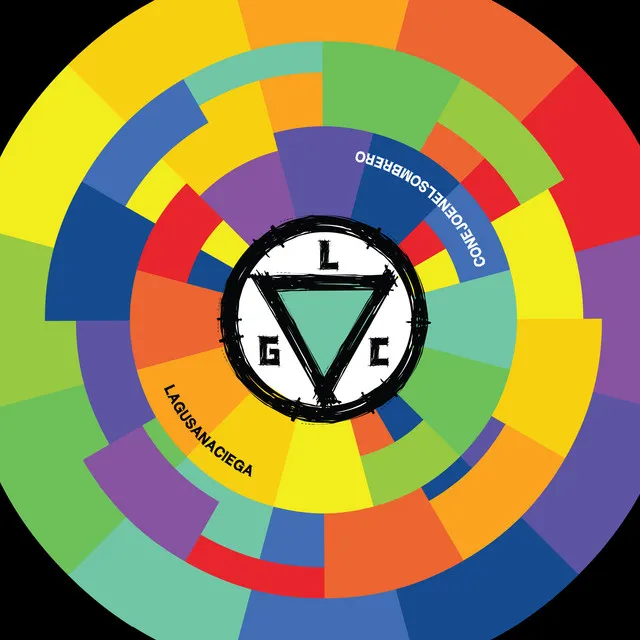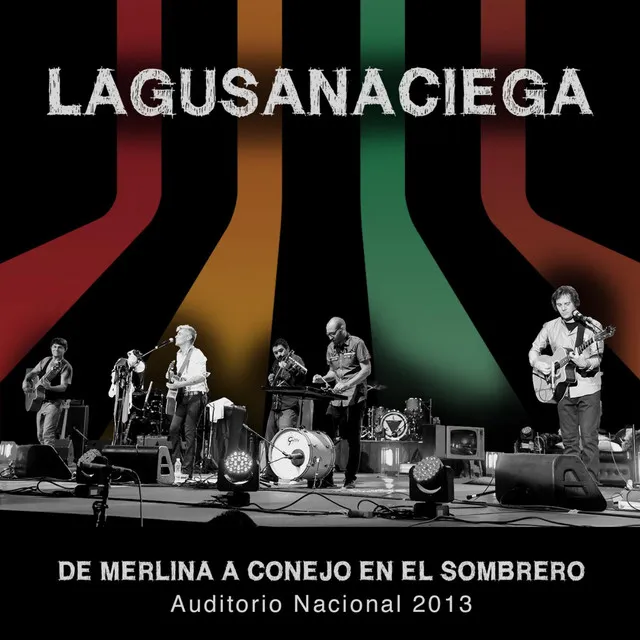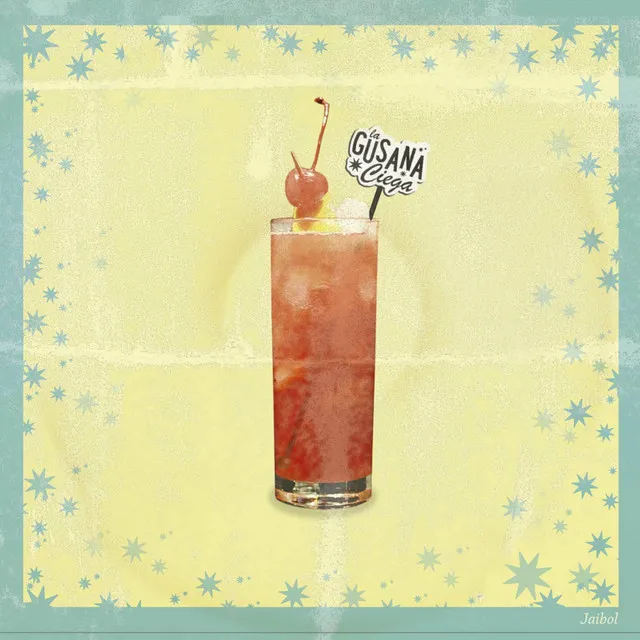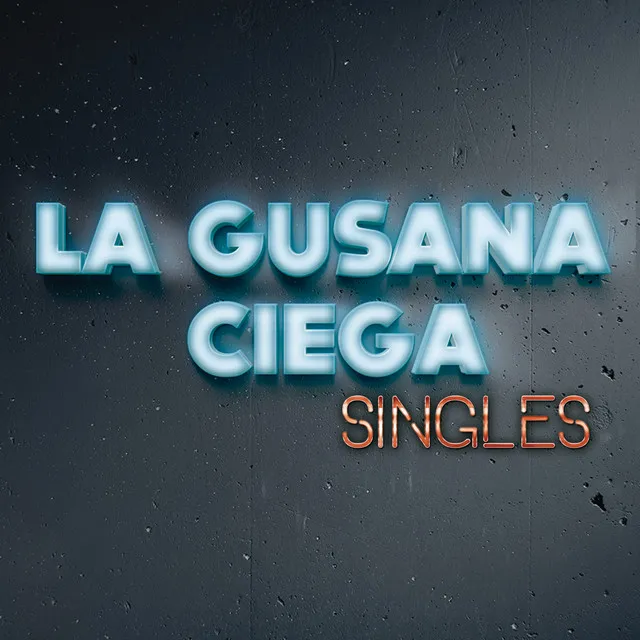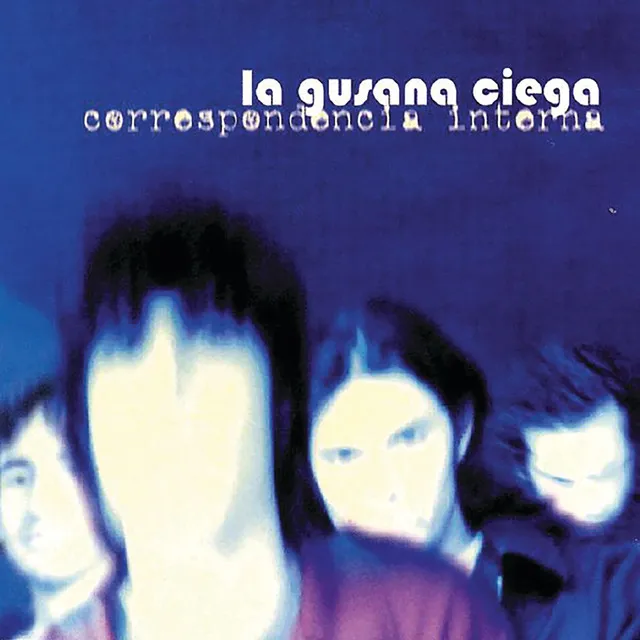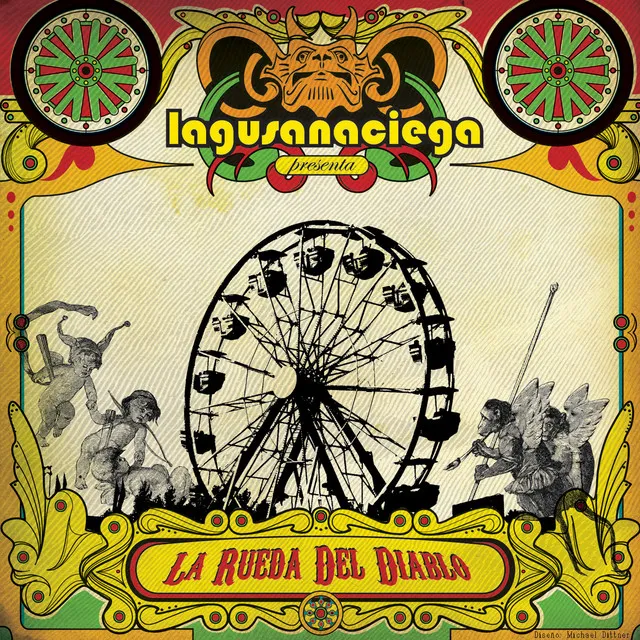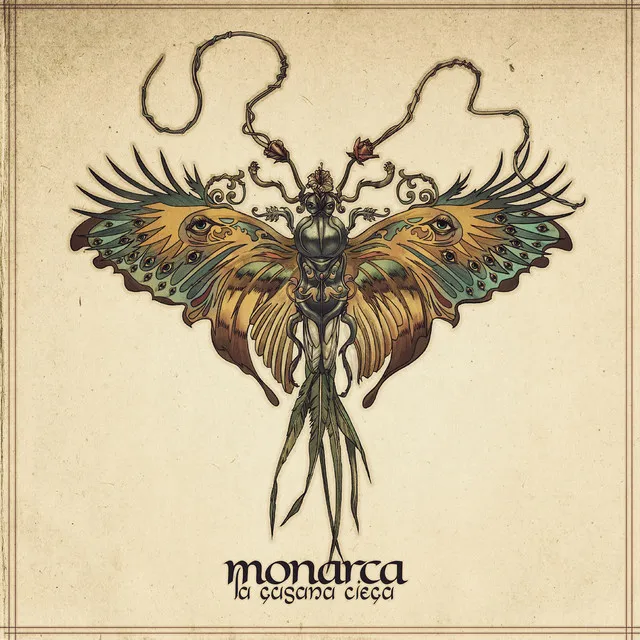Mexican Latin band La Gusana Ciega started playing as a threesome, led by singer/guitarist Daniel Gutiérrez and bassist Manuel Leyva, in the '80s. After participating in Rockotitlán's Batalla de las Bandas ll, a well-known local rock contest, the group began performing at small venues around Mexico City. In addition, La Gusana Ciega appeared on a compilation called Uga Buga with "Risas de Colores," and on Sin Alternativa with "Canción a Merlina." In 1996, independent label Intolerancia released La Gusana Ciega's debut album, Merlina, produced by Carlos Walraven. A year later, German Arroyo became the band's new drummer. After guitarist Jorge Vilches joined in, the four-piece act recorded Super Bee, and soon afterward had the opportunity to open for Oasis while the British group was touring Latin America. In 1999 the band moved to New York to make Correspondencia Interna, produced by Martin Bisi and released in August by Universal. In 2000, La Gusana Ciega was successfully touring the U.S. along with Jaguares and Julieta Venegas. That same year the band recorded a live performance at Mexico City's Centro Universitario Cultural, released as La Gusana Ciega, making a video for "Tornasol (Vuelves a Ser)." The following year saw the group issue an English EP, Edición Limitada, which included the single "Sunday Fever," which found its way onto the Latin American edition of the soundtrack to the blockbuster comedy American Pie. Despite their growing popularity, the band called it quits in 2002, with members embarking on various independent projects. The hiatus was short-lived, as the band announced a reunion tour in 2005, followed by a greatest-hits compilation/video and a brand new studio LP, La Rueda del Diablo, in 2006. A covers album, Jaibol, dropped in 2008, followed by Conejo en el Sombrero in 2011, and Monarca in 2014, the latter of which earned a nomination for Best Rock Album at 2015's Latin Grammy Awards. 2017 saw the release of an EP, Borregos en la Niebla I. ~ Drago Bonacich, Rovi
